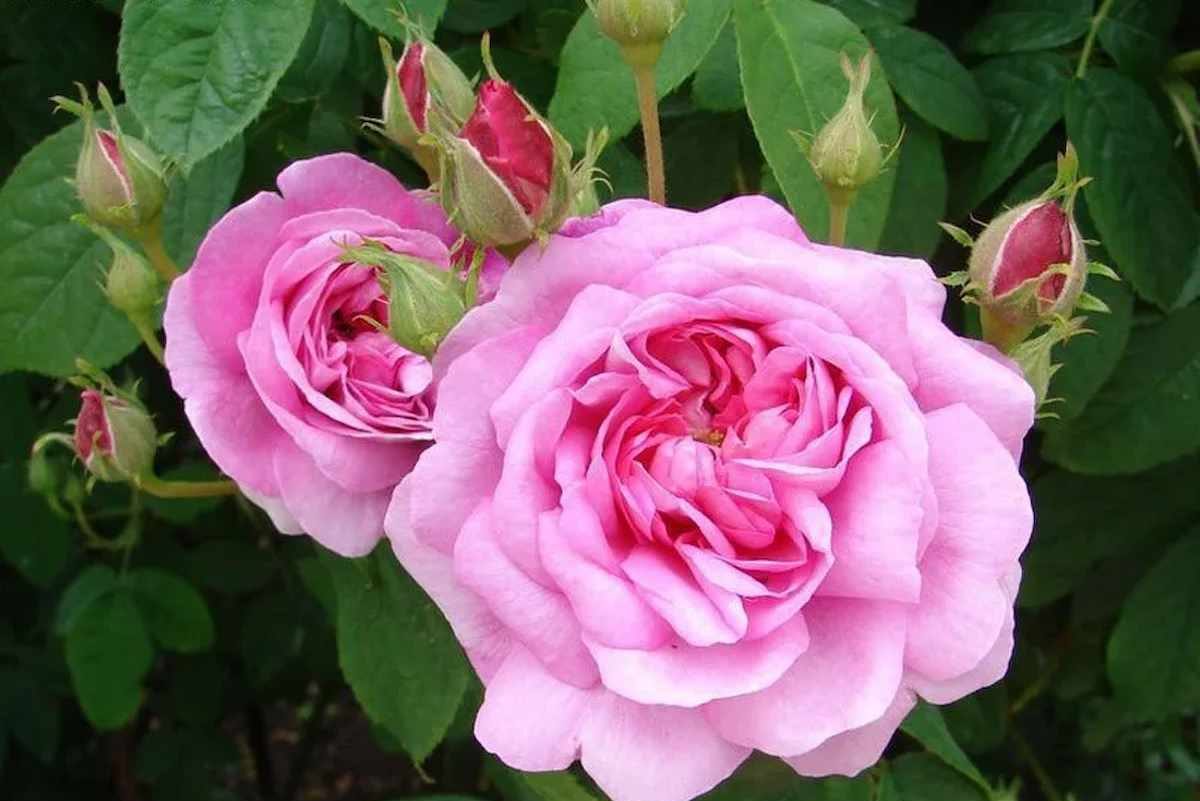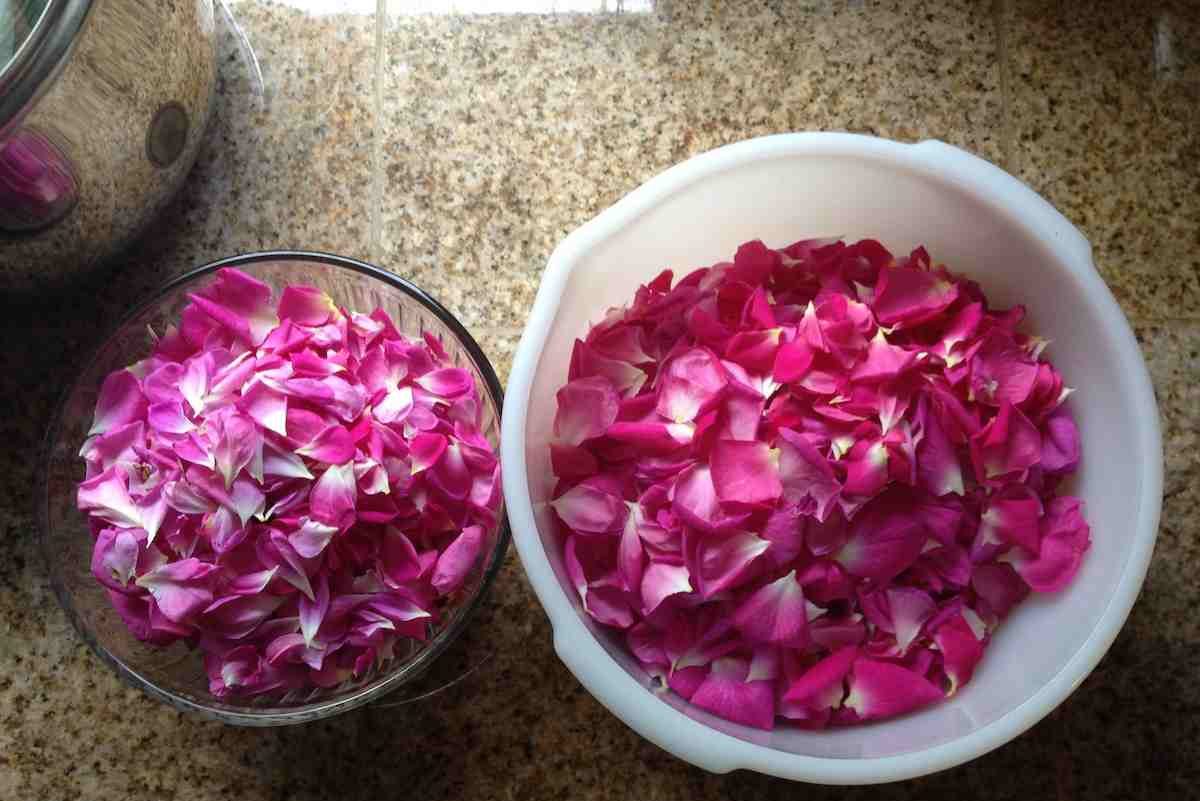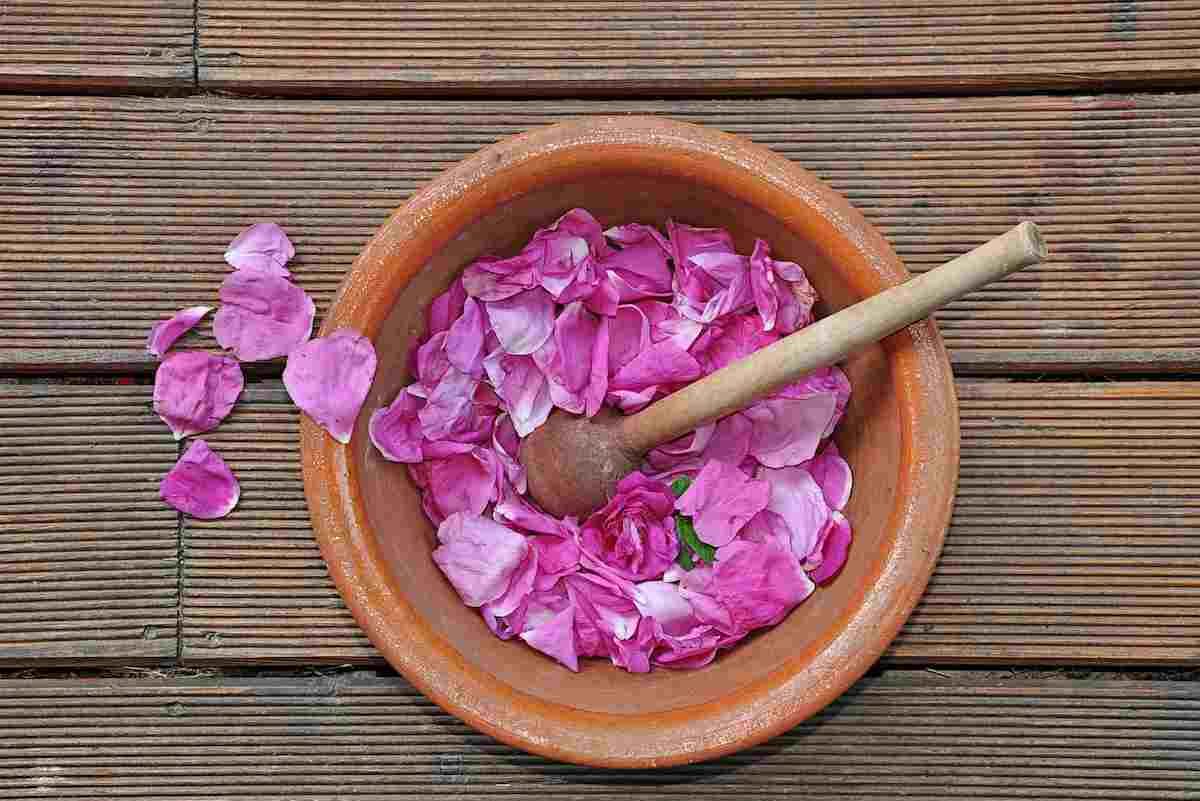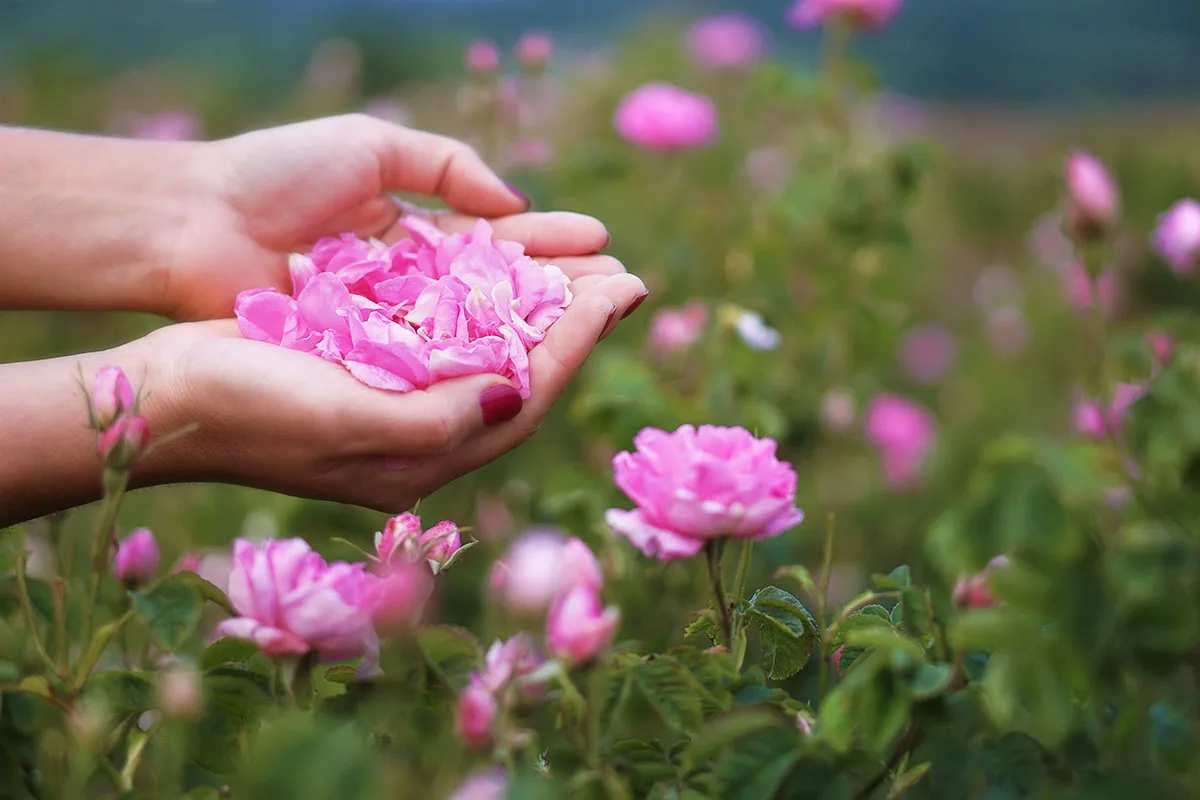Here we want to show how it works to protect the petals of a rose from Edmonton against winter. Our information on this field can be useful for you.
I had asked if I should turn my new rosebushes upside down and bury them for the winter, as some information said I should.
His answer right away was: “No way, no how. Do what makes you the most comfortable. If they die, they will die. Next year, you’ll plant something else.”
That’s good advice for gardeners who want to plant a few beautiful rosebushes but don’t want to be their slaves.
And, thankfully, the best rose breeders now want to do business with these gardeners. Explorer and Parkland roses from Canada are popular all over the world because they can survive the winter and are easy to grow.
And Europe’s biggest rose nursery, which is in Germany and sells rose hybrids all over Canada, won’t put a new rose in its catalog until it has lived for several years in open fields near the North Sea, where it is exposed to cold, diseases, and animals.
STILL, SELECTING 10 ROSES CAN BE DIFFICULT. THIS IS HOW I chose what to do.
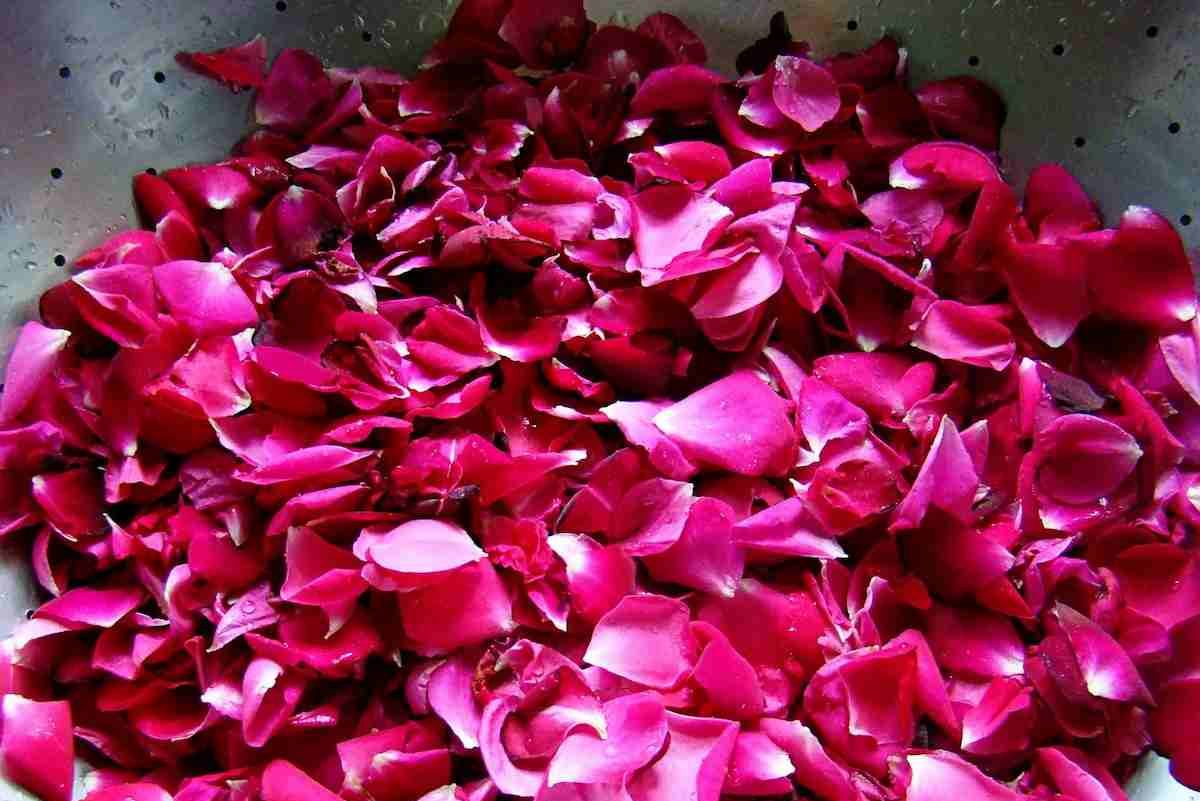
- Strength. All but one of them can survive Zone 5 cold.
- Resistance to mildew, pests, and diseases
- Ease of access. Most of them can be ordered by mail and should be easy to find at large garden centers.
- Different shapes and colors of shrubs. It’s not as easy as you might think to get different colors. Roses that last a long time are almost always pink. Hardy reds are hard to find, and yellows are almost impossible to find because they have a gene that makes them weak. Because of this, the yellow “Sunsprite” is more special than it looks.
On my list, there are no hybrid tea roses. Then why? Hybrid teas are the favorites in rose society contests. They look great in vases and photos, but they don’t do so well in gardens because they have a lot of legs and are very picky. Also, many hybrid teas don’t have a smell. Most of the choices here have a rose scent.
- John Cabbot’s Climbing Rose (Shrub/Climber, 2 Meters High and 2 Meters Wide)
This is the first of Felicitas Svejda’s famous Explorer roses. It was made for Agriculture Canada 20 years ago and was the first of its kind to be sold. “John Cabot” is a sprawling shrub that can be trained to grow as a climber. It has fragrant, 7.5-centimeter-wide flowers with many petals that bloom most often in June and then less often until the ground freezes.
Since 1970, it has been tested in the field in Ottawa. It is resistant to mildew and black spot and can grow in Zone 3. It also does well in the hot summers of the Prairies, which can be very hot.
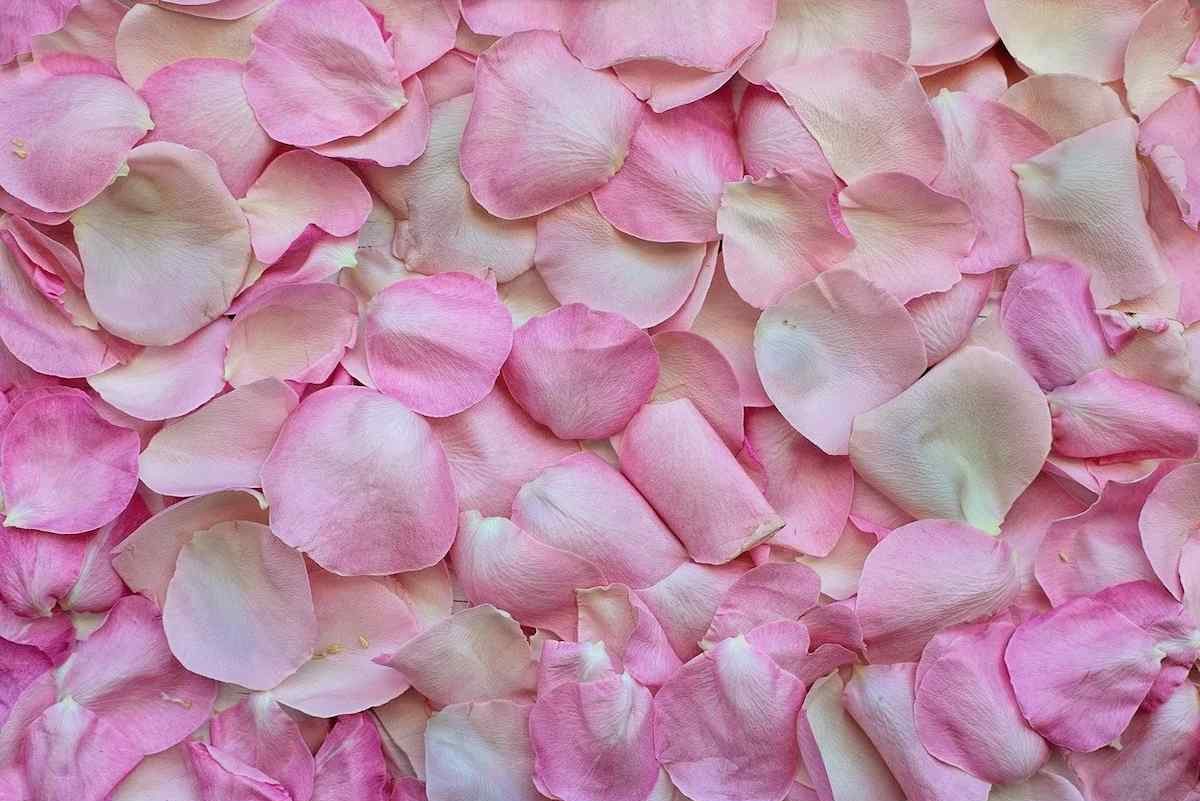
BALLERINA 2 (HYBRID MUSK, 120 CM HIGH X 120 CM WIDE)
As the name suggests, “Ballerina” starts the season with a lot of mop-headed clusters of small (3 cm wide) blooms. It continues to bloom throughout the season, but not as much. It does best in full sun, but it can handle some shade and other problems, like dirty city air and thick or stony soil.
As the name suggests, “Ballerina” has a sweet, musky smell. “Mozart,” which is a close cousin, is a brighter red. “Ballerina” can grow in Zone 5 if it is planted in a protected spot instead of one that is open to strong winter winds.
THE GODDESS 3. (POLYANTHA, 60 CM HIGH X 120 CM WIDE)
“The Fairy” is a strong, low-growing landscape rose with a dense, cushion-like growth habit and an amazing spread that can be bigger than its height.
It’s not exactly a ground cover, but it’s close, and it’s great for small gardens. It is also the most popular polyantha (dwarf) rose in the world. This is because it blooms all season long with small flowers that are only 2.5 centimeters wide.
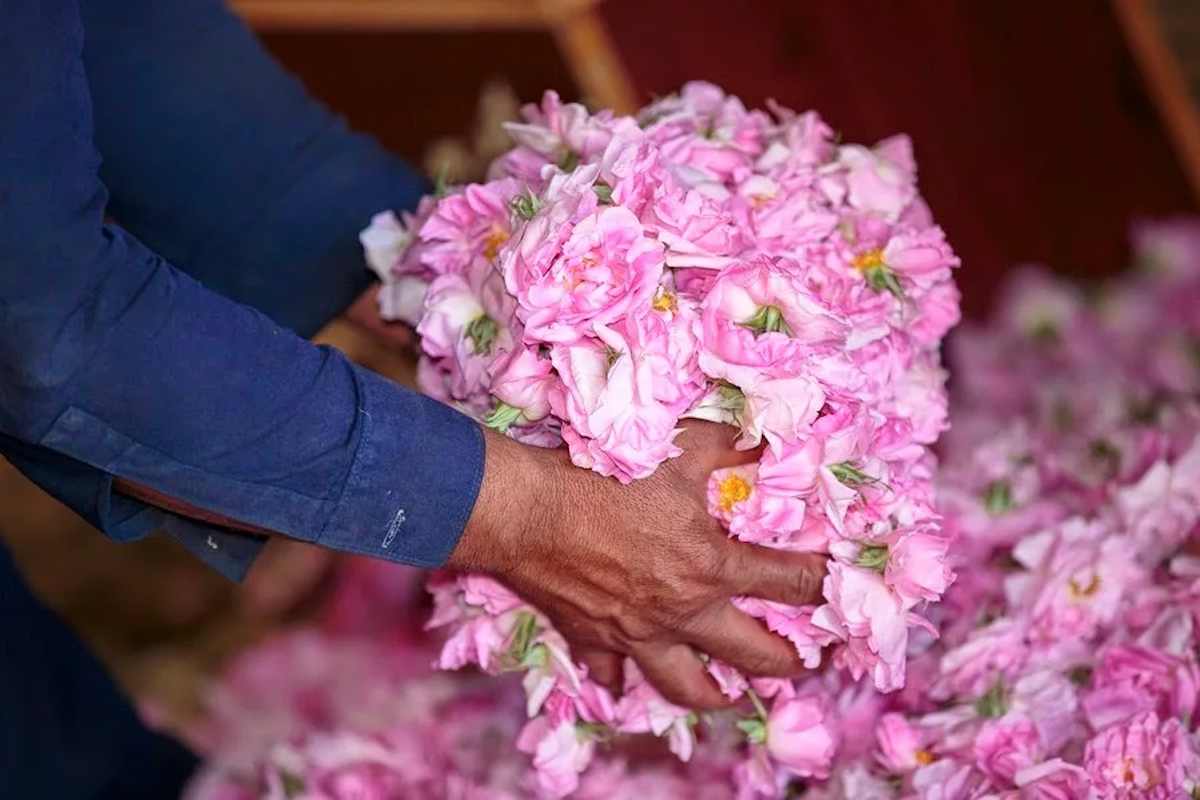
It doesn’t get sick often and can live in -15oC or Zone 5 without any protection. In cooler climates, gardeners should use a lot of mulch and put it next to a south-facing stone or brick wall to reflect heat and keep north winds away.
MORDEN BLUSH 4 (SHRUB, 90 CM HIGH X 90 CM WIDE)
One of the winter-hardy roses made at Agriculture Canada’s Morden (Man.) Research Station, “Morden Blush,” is perfect for places with both cold winters and hot summers.
Because of this, the Morden hybrid is the one that is most often sold in garden centers in southern Canada. However, you can also find its slightly fragrant flowers in Zone 2 areas. After a strong start, the flowers bloom again and again during the season.
No. 5 ICEBERG (FLORIBUNDA, 120 CM HIGH X 120 CM WIDE)
In 1983, this rose was named the world’s favorite by the World Federation of Rose Societies. If you cut off the dead flowers regularly, a bush will keep putting out waves of blooms.
Each cluster of three to seven flowers will be about 7.5 cm across. Its main flaw is that it doesn’t smell all that great. It has almost no thorns, can grow in the shade, and is only slightly susceptible to black spot. Iceberg can handle cold down to Zone 4, and it blooms until the first frost.
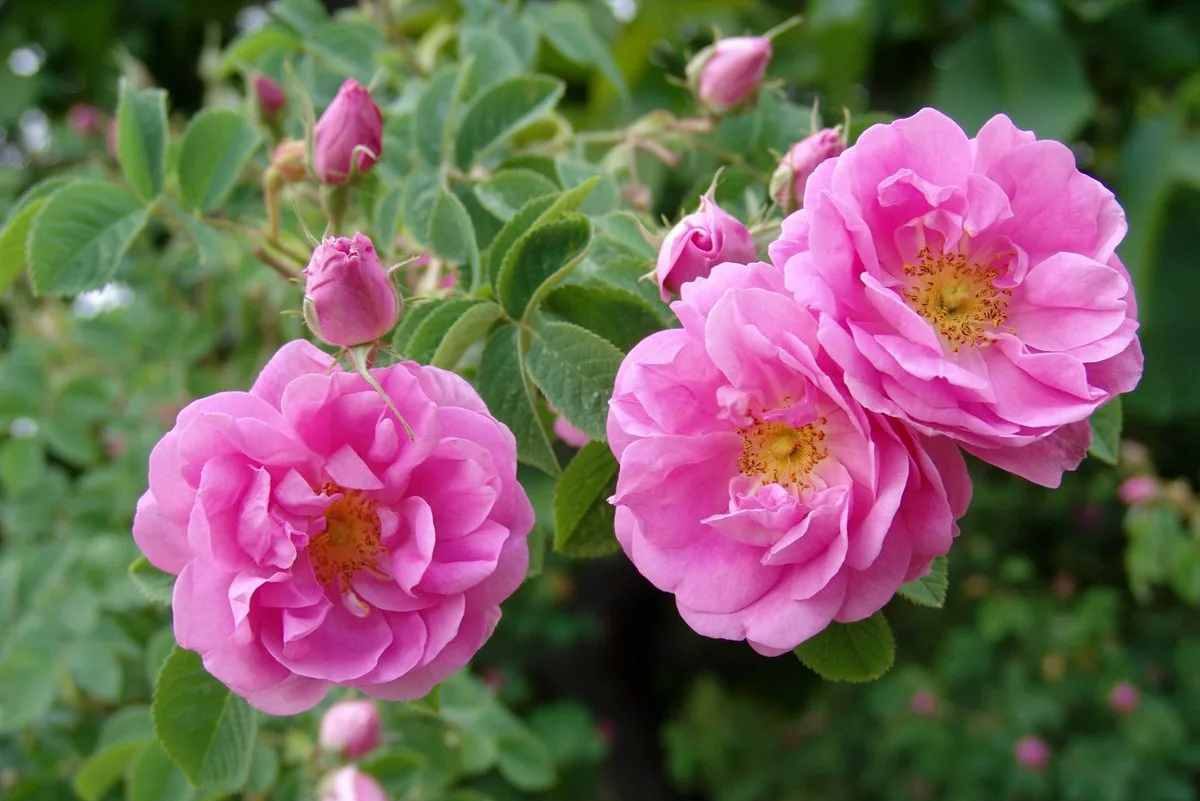
LAVAGLUT 6 (FLORIBUNDA, 120 CM HIGH X 120 CM WIDE)
“Lavaglut” is a red rose that can survive temperatures as low as -35oC in Estonia and as high as 42oC in California and Texas.
The American Rose Society gives it high marks for being resistant to pests and diseases and for having big, velvety blooms that last a long time in hot weather. The name “Lavaglut” is also sold under the names “Lavaglow” and “Intrigue.” If it is protected, it can usually survive to Zone 4.
SUNSPRITE 7 (FLORIBUNDA, 60 CM HIGH X 60 CM WIDE)
For a yellow rose, ‘Sunsprite’ stands out among modern hybrids because of how it smells and how hardy and resistant to disease it is.
The Kordes family, who raised it, calls it “Friesia,” which is a name that sometimes shows up in catalogs. It blooms a lot all season long. Its cousin, “Sun Flare,” is often used in hotter climates, while “Sunsprite” prefers cooler climates. It can handle Zone 5 if it is protected.
- AACHEN GRUSSE (FLORIBUNDA, 75 CM HIGH X 45 CM WIDE)
“Grusse an Aachen,” which means “Hello to Aachen,” was the first of the famous English roses by David Austin.
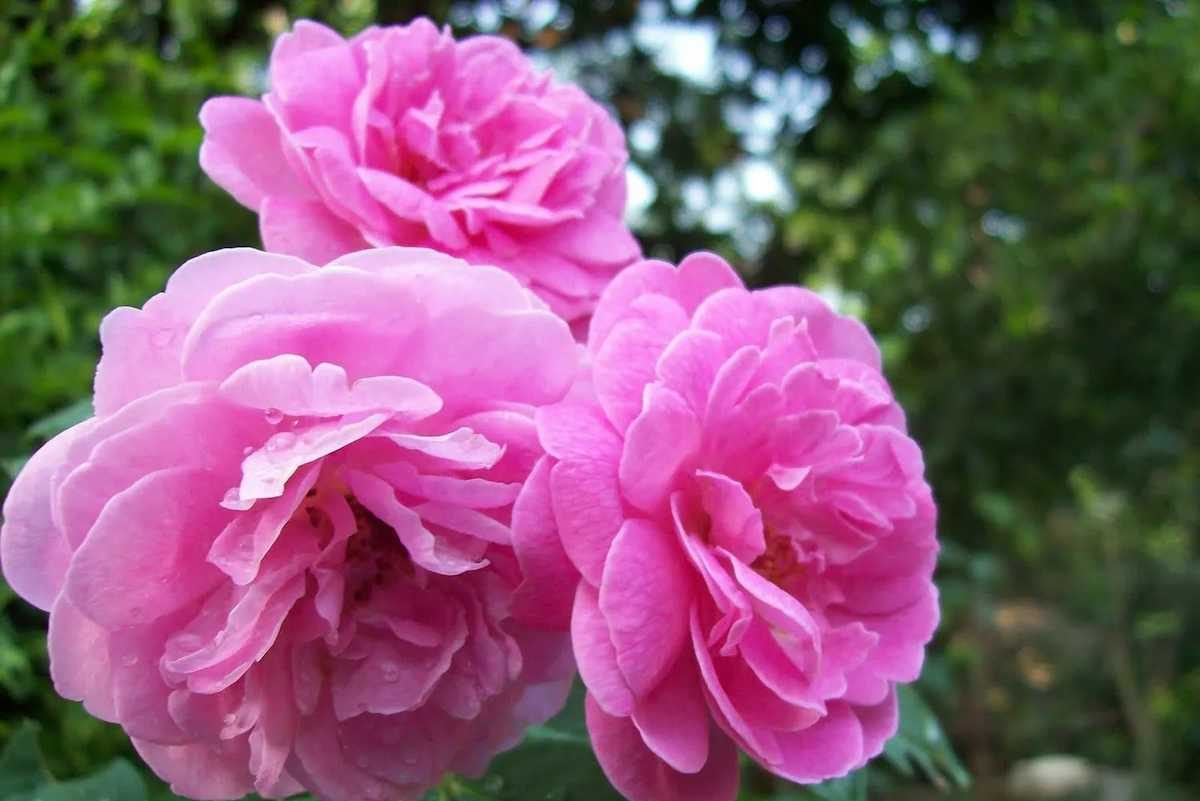
It’s also thought to be the first floribunda, a type of rose with big clusters of flowers that keep blooming. Today, it’s one of the most popular garden roses in the world.
The up to 10 cm wide flowers start out creamy white and change to a salmon color. Flowers bloom all through the season. They smell nice but not too strong, and in the spring and fall, they grow in big bunches against the dark green leaves. It can survive temperatures as low as -15oC (Zone 5), and it only needs four to five hours of direct sunlight per day to bloom.
- PERPETUAL STANWELL (OLD GARDEN ROSE, 150 CM HIGH X 180 CM WIDE)* “Stanwell Perpetual,” the oldest rose in this collection, has been a garden favorite for more than 160 years, especially in April, when its flowers almost completely cover the bush. It’s a great hedge rose with lots of thorns and a strong smell when it blooms.
Even its leaves smell good, and when they get wet, they smell like dill. The flowers will bloom until October. It can live in Zone 3 and can handle frosts as low as -25oC. It might get bugs and black spots, but most of the time it is fine.
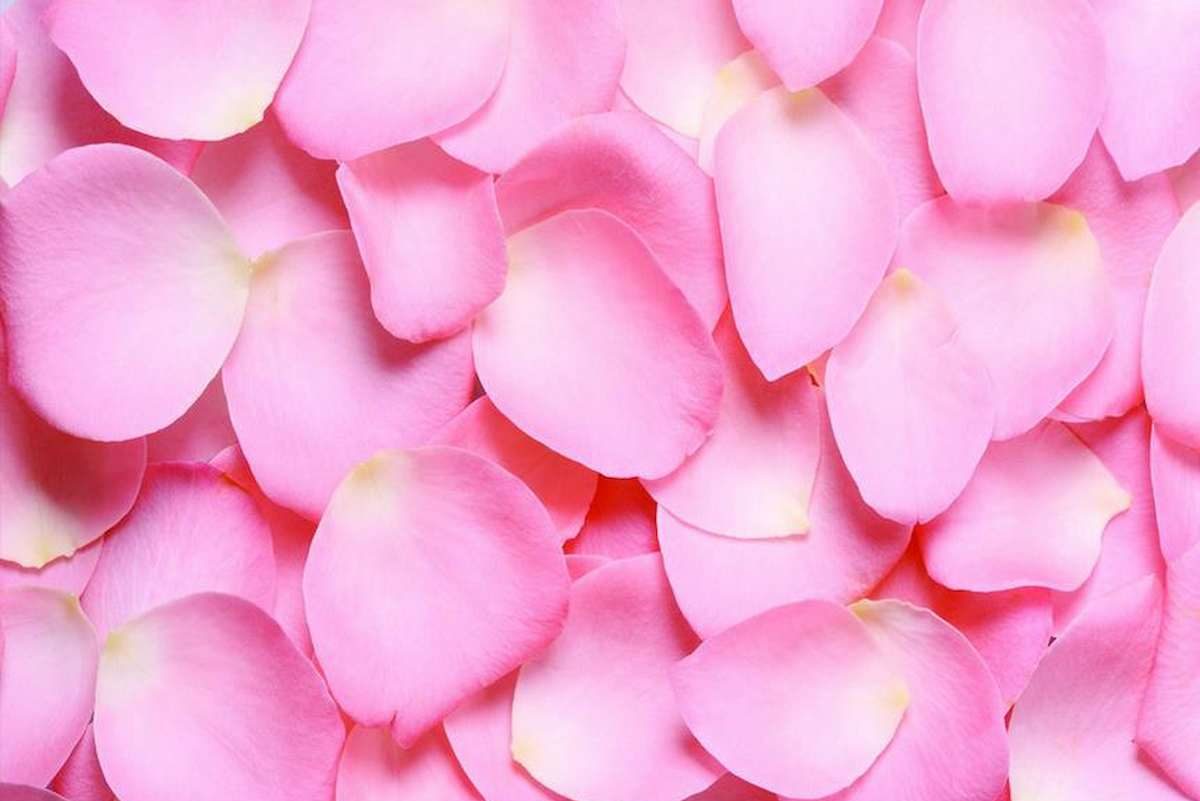
DROUHIN, ZÉPHIRINE (BOURBON, CLIMBER, UP TO 2 M IN HEIGHT)
With its nearly thornless canes and ability to climb, this rose is perfect for growing on pergolas and trellis gates, where skin or materials may come into contact with a plant. These shapes are also great for drawing attention to its wonderful smell.
“Zéphirine Drouhin” blooms heavily in the spring and fall, with smaller bursts in the summer and winter. It can get mildew and black spot sometimes. Even though it can survive up to Zone 6 in Canada, climbing canes should be wrapped in burlap for the winter unless they are in a very protected area.
Stop by our roses! Our staff carefully chose each of these damask roses, so they are all of the finest quality. These roses have been chosen and arranged with care.
Customers may be assured that they will receive the goods they require from us, even if there is a scarcity because we have always placed our customer service policies at the heart of our operations.
We guarantee that your rose will arrive at its destination undamaged by shipping or any other factor.
Due to the high value of the derivatives of this flower, the low water demand, and the adaptability of environmental conditions in cultivation, it is highly advised to enter the international market for rose products.
Exports and revenues from this sector have increased as a result of the proper and scientific introduction of damask rose to the perfumery, health, cosmetic, and pharmaceutical industries.
By purchasing this flower, you can enter the lucrative market for rose water and rose essence, two products that are highly sought-after all over the world.
Our products, in particular, are organic and produced under optimal circumstances. The fact that our products are organic and hand-selected at the height of the fragrance’s lifetime is very significant.
